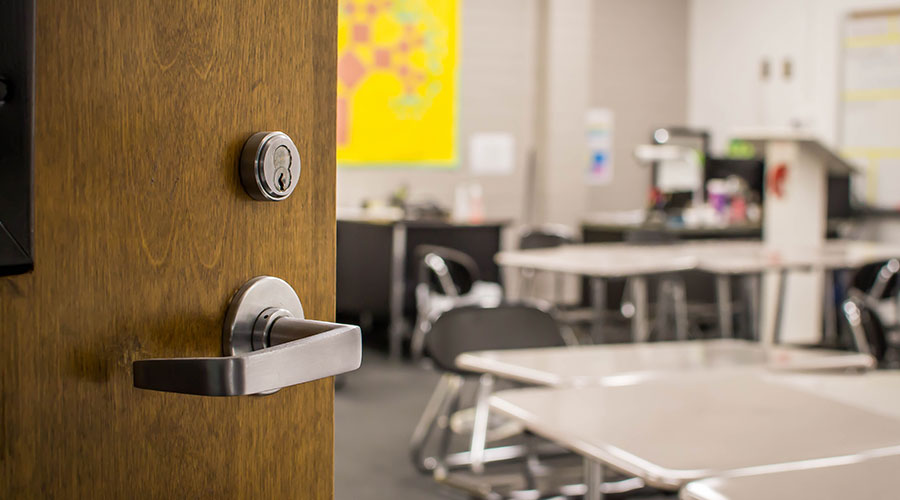ID Cards Require Card-Making Equipment, Scanners, Printers
ID cards also affect maintenance because they require card-making equipment and bar-code printers, scanners to read the cards, and an interface that communicates scanned information and time and date stamps to the computer. Supporting these components is a computer network with application and security software to manage the data, as well as computer hardware with sufficient random-access memory (RAM) and database storage. Software and hardware maintenance consists of periodic upgrades as new versions appear and developers stop supporting older versions.
Hardware RAM and database capacity might require expansion as the number of devices grows with the size of the facility. The hardware requires its own isolation transformer, back-up system, and uninterrupted power supply to ensure clean, reliable power.
A high-quality card printer also is essential. Fixed bar-code readers get only one quick look at the bar code as the ID card passes in front of it, and a key to successful reads on the first pass is bar-code quality. Also, as cards wear, users might need to replace them with fresh cards to ensure reliable scans on the first pass. Technicians also must clean scanners regularly.
In addition to system components, new-generation door hardware also might require technicians to add specialized maintenance tools, such as card analyzers, to their maintenance arsenal. A card analyzer looks similar to a flash drive and plugs into a computer's USB port. About 15 popular card systems are on the market, so technicians performing system maintenance need a card analyzer to determine the card type in use in that part of the system.
All stages of a bar-code program — planning, design, implementation, maintenance, and training — are equally important to ensure long-term, reliable performance. The two most common mistakes related to bar-code systems are setting an unrealistic system installation timetable and failing to fully explain system capabilities to users. Avoiding these mistakes can help managers ensure greater reliability and fewer maintenance needs, and it will boost occupants' confidence in the technology, the organization's management, and the manufacturers and vendors of the equipment.
Finally, the only added maintenance required for the combined, hydraulic hinge-stopper-closer is periodic lubrication and adjusting two screws. Technicians adjust the hinge-stopper-closer by turning the screws under the removable top and bottom hinge-pin caps. One screw adjusts the stopping action, and the other adjusts the closing speed. Technicians must maintain only one unit instead of two — the separate closer and hinge — in a conventional hinge-and-closer system.
Thomas A. Westerkamp is a maintenance management consultant and CEO and managing partner of Productivity Network Innovations LLC.
Related Topics:














